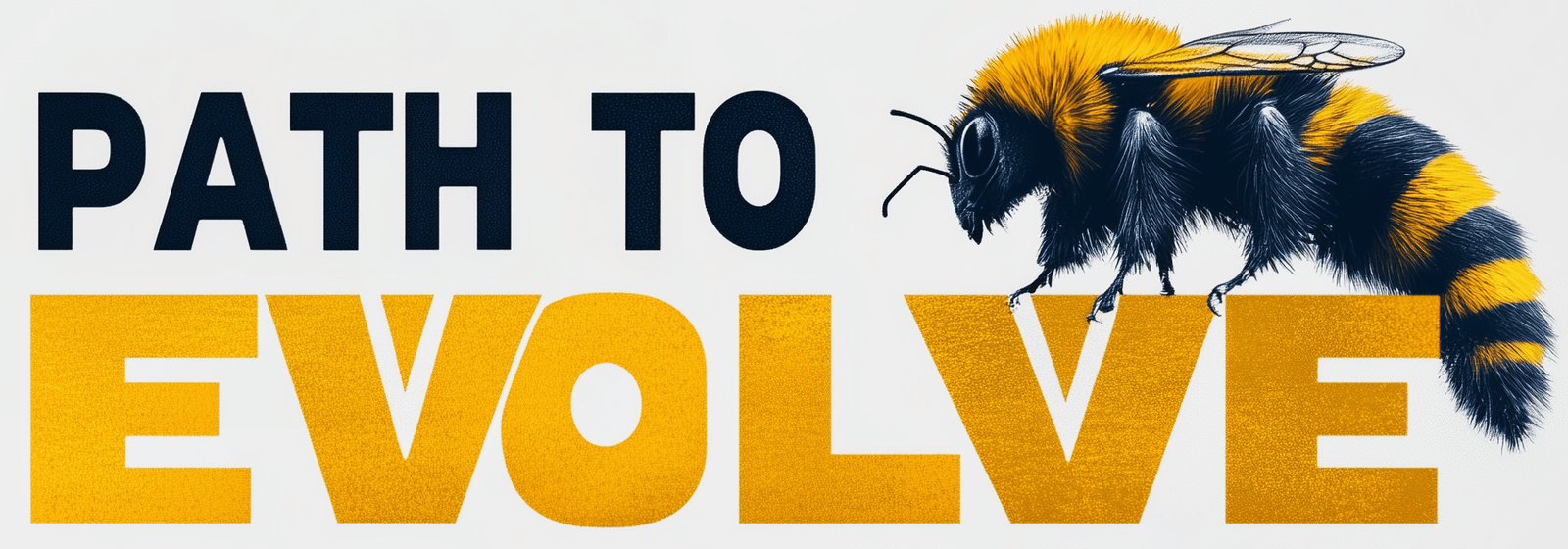The Fight Against Vaccine Misinformation
Vaccine misinformation is a growing threat to global public health, undermining decades of medical progress in eradicating and controlling infectious diseases. Misinformation spreads quickly, thanks to the power of social media and other digital platforms, leading to increased vaccine hesitancy and a resurgence of preventable diseases. Understanding the psychology behind why misinformation is so persuasive, the role of social media in its spread, and effective strategies for combating it are all critical steps in preserving public health. In this article, we’ll explore these facets in detail and provide insights into how society can address vaccine misinformation to ensure a healthier future for all.
Understanding Vaccine Misinformation
Vaccine misinformation refers to false or misleading information about vaccines that can create doubt, fear, or confusion. This misinformation often exploits individuals’ lack of understanding of scientific data and plays into fears about personal safety. Misinformation can take many forms, such as exaggerated claims of vaccine risks, conspiracy theories, or the promotion of unproven alternatives to vaccination.
- Consequences of Misinformation: Vaccine misinformation can have serious consequences. It can lead to vaccine hesitancy, where individuals delay or refuse vaccines, increasing the risk of outbreaks of preventable diseases like measles, polio, and COVID-19. Additionally, misinformation undermines trust in medical institutions and healthcare providers.
The Psychology Behind Vaccine Misinformation
Understanding the psychology behind why people believe and share vaccine misinformation is crucial for combating it effectively. Cognitive biases, emotional reactions, and social influences all play a role in shaping attitudes toward vaccines.
1. Cognitive Biases
People are susceptible to cognitive biases that affect their ability to evaluate information critically. Some of the common biases that contribute to vaccine misinformation include:
- Confirmation Bias: Individuals tend to seek out and believe information that aligns with their pre-existing beliefs while disregarding evidence that contradicts those beliefs. For instance, if someone already distrusts pharmaceutical companies, they may be more likely to believe misinformation about vaccine safety.
- Availability Heuristic: The availability heuristic refers to people overestimating the likelihood of events based on how easily they can recall similar events. High-profile news stories about potential vaccine side effects, even if rare, can make these side effects seem more common and dangerous than they actually are.
2. Emotional Appeals
Misinformation often employs emotional appeals to bypass logical thinking and appeal directly to fears and anxieties. Stories that invoke fear, especially those involving children, tend to spread more rapidly than factual information. These emotional narratives can be incredibly persuasive and can cause people to form strong, irrational beliefs about vaccine safety.
- Fear of the Unknown: Vaccines, particularly new ones, can evoke a fear of the unknown. This fear is often amplified by misinformation, leading individuals to question the safety and efficacy of vaccines.
- Anecdotal Evidence: Personal stories and anecdotal evidence are more emotionally compelling than statistics. Hearing a single story about a supposed negative reaction to a vaccine can have a larger impact on someone’s perception than a comprehensive study involving thousands of participants.
3. Social Influence
Social dynamics also play a major role in the spread of vaccine misinformation. People are more likely to believe and share misinformation if it comes from friends, family, or influential figures they trust.
- Echo Chambers: Social media often functions as an echo chamber, where people only interact with like-minded individuals. This environment reinforces false beliefs, making it difficult for accurate information to penetrate.
- Trust in Authority: People are often influenced by perceived authority figures, such as celebrities or social media influencers. Unfortunately, when these figures promote misinformation, it can have a widespread negative impact.
The Role of Social Media in the Spread of Misinformation
Social media has played a critical role in the spread of vaccine misinformation. The platforms are designed to prioritize content that generates engagement, which often includes emotionally charged misinformation. As a result, false information can quickly go viral and reach millions of users before any corrective action can be taken.
1. Algorithms That Promote Engagement
Social media platforms like Facebook, Twitter, and Instagram use algorithms that prioritize content based on user engagement. Unfortunately, misinformation often elicits strong emotional reactions, leading people to comment, share, and engage more actively with it. This causes misinformation to spread more rapidly than factual, less sensational content.
- Viral Content: Misinformation that evokes anger or fear is more likely to be shared, making it go viral. This results in false narratives reaching more people faster, outpacing fact-checking efforts.
2. Lack of Moderation
Despite efforts by social media companies to moderate content, misinformation is still widespread. The sheer volume of content makes it difficult for platforms to effectively monitor and remove false information in real time.
- Misinformation Networks: Some groups actively spread misinformation, creating coordinated networks that amplify false narratives. These groups often target individuals who are already skeptical of vaccines, reinforcing their fears.
Effective Strategies for Combating Vaccine Misinformation
The fight against vaccine misinformation requires a multi-faceted approach that includes public education, regulation of social media, and community engagement. Here are some effective strategies to combat this growing issue.
1. Public Education Campaigns
Public education is a key component in addressing vaccine misinformation. Ensuring that accurate, science-based information is accessible to the public can help counteract the effects of misinformation.
- Simplify Scientific Information: Providing clear, easy-to-understand information about how vaccines work, their benefits, and their safety can help people make informed decisions. Avoiding overly technical language and using relatable analogies can make the information more digestible.
- Countering False Narratives: Health organizations should actively identify and counter false narratives. This includes correcting misinformation with evidence-based information and using the same channels where the misinformation is being spread.
2. Strengthening Social Media Regulation
Social media companies have a responsibility to curb the spread of misinformation on their platforms. This involves both technological and policy changes to reduce the visibility of false information.
- Fact-Checking and Content Removal: Platforms can use fact-checking systems to identify and flag misinformation. Content that is proven false should be removed or demoted to reduce its reach.
- Promoting Reliable Sources: Social media platforms can prioritize content from trusted sources, such as the World Health Organization (WHO) and the Centers for Disease Control and Prevention (CDC), ensuring that accurate information is more visible to users.
3. Community-Based Interventions
Community engagement is crucial for addressing vaccine hesitancy and misinformation at the grassroots level. Trusted community leaders and healthcare professionals can help bridge the gap between scientific information and public understanding.
- Training Community Leaders: Training local community leaders to communicate accurate information about vaccines can build trust and ensure that information is spread by those who are respected in their communities.
- Personalized Conversations: Personalized, empathetic conversations can be highly effective in addressing vaccine fears. Healthcare providers who take the time to listen to individual concerns and provide evidence-based answers are more likely to change minds than impersonal campaigns.
Conclusion
The fight against vaccine misinformation is an ongoing battle that requires a coordinated, multi-pronged approach. Understanding the psychology behind misinformation, the role of social media in its spread, and the importance of community engagement are all vital to addressing this global public health issue. Misinformation is a powerful force, but through public education, better regulation of digital platforms, and community-based efforts, we can combat it effectively. Preserving public trust in vaccines is essential to prevent the resurgence of preventable diseases and to ensure the health and well-being of communities worldwide.




No Comment! Be the first one.